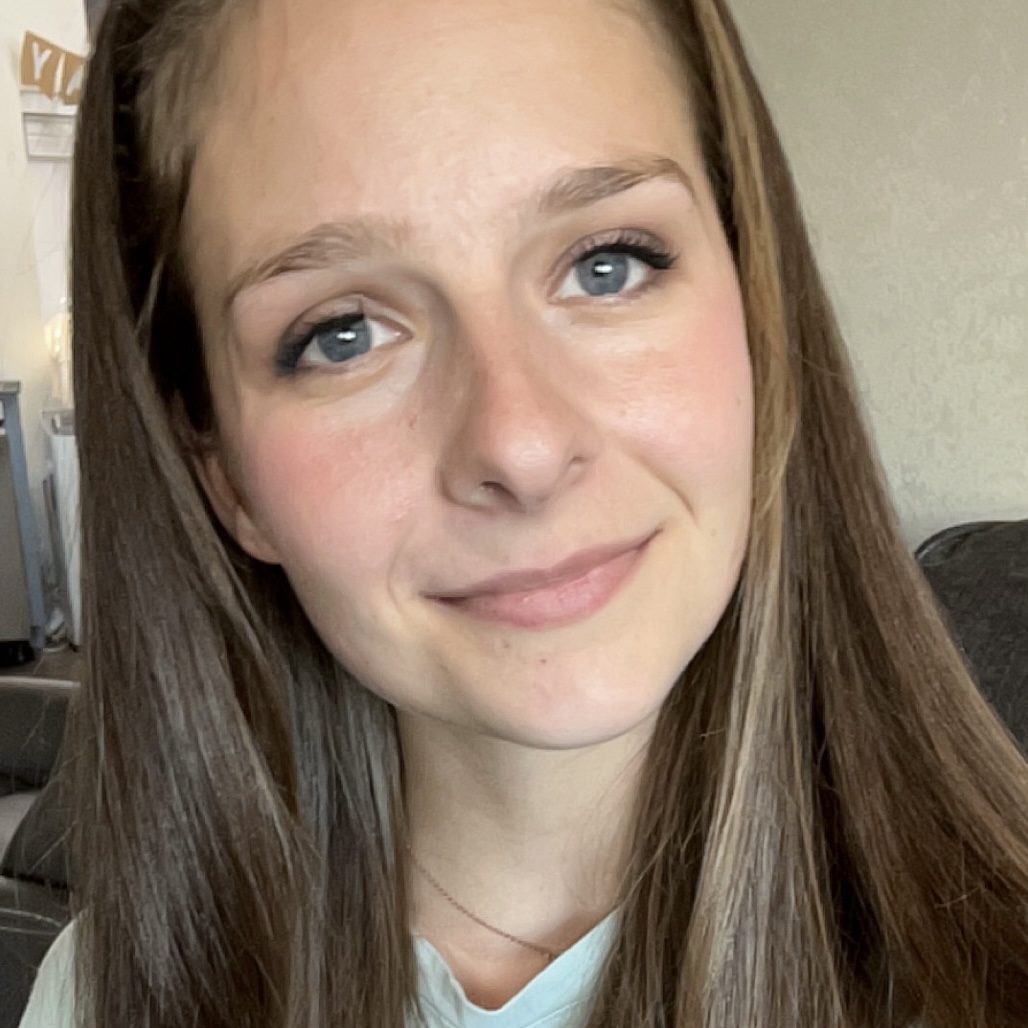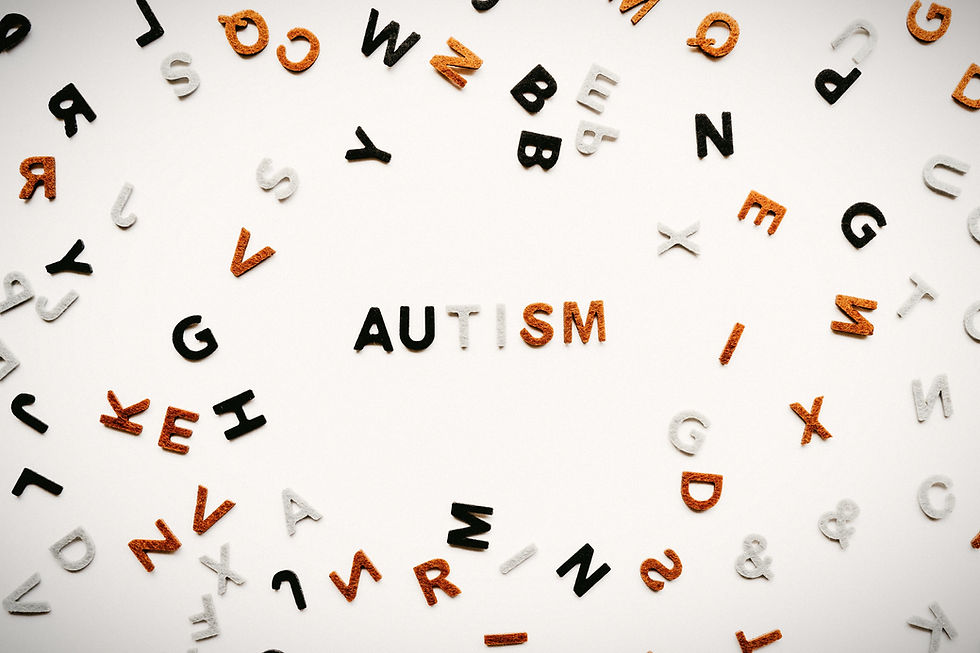Co-Regulation Before Self-Regulation: What We're Still Getting Wrong
- emmaflick3

- May 14, 2025
- 2 min read
There’s a phrase we hear all the time in behavior support: “They need to learn how to self-regulate.” And it’s true—emotional regulation is essential. But here’s what we’re still getting wrong: self-regulation isn’t where we start. It’s where we end up.
Before anyone can regulate themselves, they have to learn what regulation feels like. And that starts with co-regulation.

What Is Co-Regulation?
Co-regulation is the process of emotionally attuning to another person, offering calm presence, and helping them navigate their own dysregulation—especially during moments of stress, fear, anger, or overwhelm.
It’s not about controlling the person. It’s about being their anchor. It looks like:
A caregiver staying calm while a child melts down
A support person quietly breathing beside someone who’s escalating
Validating feelings instead of minimizing them
Offering predictability, structure, and warmth—even when emotions are big
Co-regulation is the nervous system equivalent of “I’ve got you. You’re safe.”
Why This Matters for People with I/DD, Autism, or BPD
Many individuals with developmental disabilities, autism, or borderline personality disorder have experienced:
Sensory overload
Emotional invalidation
Trauma
Disrupted attachment
Difficulty understanding internal cues (interoception)
These challenges make it incredibly difficult to just “calm down” or “use a coping skill” on command—especially in the heat of the moment.
When we ask someone to self-regulate without first modeling co-regulation, we’re essentially saying:"Do this thing you’ve never seen, under extreme stress, without help."
That’s not just unrealistic. It’s unfair.
What We’re Still Getting Wrong
Too often, care teams and professionals jump to behavior charts, coping skill lists, or quiet corners—assuming that if we offer the right tools, the person will figure it out.
But tools don’t teach safety. People do.
We expect individuals to self-soothe when they’ve never consistently experienced what it feels like to be soothed by someone else.We withdraw when someone becomes "too much," rather than leaning in and modeling calm, connected regulation.We confuse independence with isolation.
The result? People feel unsupported and misunderstood—and behaviors escalate.
What to Do Instead
Start with connection over correction. Build the foundation first.
Co-regulate in real time. Stay present. Breathe slowly. Speak gently. Show the nervous system what regulation looks and feels like.
Stop seeing dysregulation as defiance. Dysregulation isn’t a choice. It’s a state. Responding with empathy instead of punishment is what builds trust.
Practice with them, not at them. Don’t just say, “Use your coping skill.” Do it alongside them. Sit together. Mirror calm body language. Co-create safety.
Prepare for the future, don’t punish the past. After the moment passes, reflect together. Teach when the brain is ready—not while it’s in survival mode.
Regulation Is Relational
Self-regulation is absolutely important. But it’s a skill that’s built on a foundation of co-regulation. And co-regulation only works when we see behavior not as something to control—but as something to understand.
When we choose connection first, we stop asking “How do I fix this behavior?” Instead, we ask, “How can I help this person feel safe enough to grow?”
Because safety comes before skill. Connection comes before correction. And co-regulation comes before self-regulation.





Comments